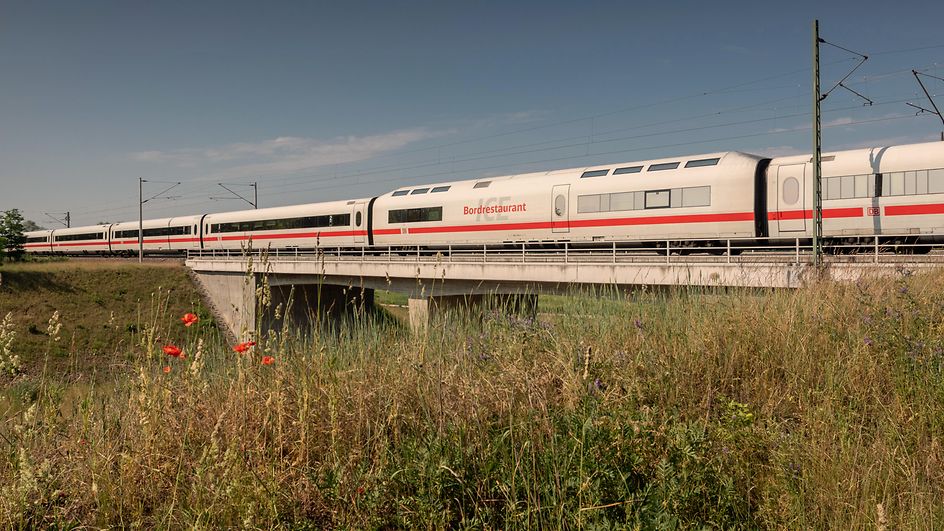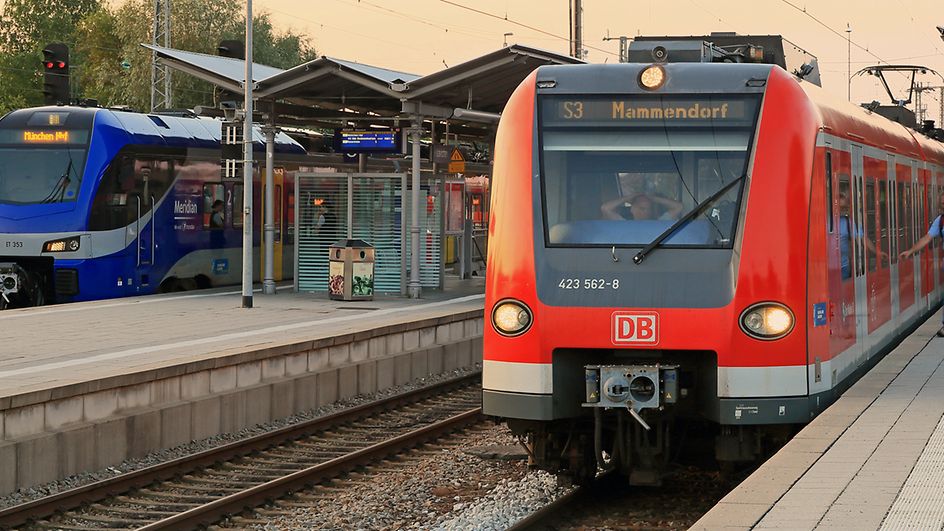Right on target
Article: Behind the scenes of the BahnBonus app
04/2019 – Participants in the BahnBonus programme can now manage their loyalty points conveniently via smart phone. A consumer app implemented with the Business Hub, it highlights both the benefits and the new possibilities offered by service-based development.
Every time they purchase a ticket or book services with numerous partners, travellers collect valuable bonus points with BahnBonus, Deutsche Bahn’s travel and experience enhancement programme. However, until now, bonus points could only be exchanged for attractive gifts online at bahn.de: the points are displayed in the Bahncard section, whereas the rewards are selected on a dedicated website. Until now, it has not been possible to visit the bonus rewards shop and order rewards conveniently from a mobile device. “BahnBonus is a bonus programme for loyal Deutsche Bahn customers. It would be a mistake not to let them use it while travelling on our trains”, says Product Owner Michael Jung of DB Fernverkehr. “Customers mainly surf the web using mobile devices and when they are out and about. And they will naturally want to find out during their train journey how many points they have collected,” he adds. For this reason, his department and DB Systel jointly developed the BahnBonus app that will make collecting and managing loyalty points simpler and more convenient in future.


Rather than extending Deutsche Bahn’s navigation app, the team opted to independently implement native apps for iOS and Android. That gave them more flexibility during development, which also meant broader functionality could be implemented faster, including an end-to-end check-out process for rewards. “Now we have our own developer team that can respond directly to customer feedback and display the customer’s bonus points on the very first page of the new app, for example,” explains Michael Jung. In fact, the developers of BahnBonus adopted a consistently user-centric approach from day one. That is apparent from the moment customers log on: as soon as they log into their bahn.de account, all their personal loyalty-programme information is displayed in an easy-to-understand format. They can check their rewards and bonus status at a glance, and see exactly how they earned and used their loyalty points. They can also redeem their points for rewards via the app. What’s more, an interactive map displays all partners nearby where they can collect points, such as hotels, car-hire firms, Call a Bike or Flinkster car-sharing stations.
Access to the required service and backend systems is enabled by the new Business Hub, as its allows the rapid creation of applications with diverse services that can be also used in other contexts, as if from a set of service building blocks. These include authentication of Deutsche Bahn customers by logging into bahn.de. Similarly, the Point-of-Interest (POI) service is suitable for integration into other applications. By this means, 17 partners were included via the POI service from the start, and further partners can be added any time, using this service. Admittedly, the service catalogue was quite empty at the beginning of the development phase: “The Business Hub and the development of the app kicked off at the same time. That’s why all the services needed by BahnBonus were designed from scratch, but are now available for use in other projects”, explains Claudius Gärtner of DB Systel, who is responsible for mobile application development. That means that integration with the Business Hub will play an increasingly important role in the development of apps from now on. Besides the BahnBonus app, for example, the DB barrier-free app which uses Business Hub services was also launch in late 2018.
Successful launch of the consumer app
Clearly, the development of the BahnBonus app involved some pioneering work. The Business Hub has three main roles to play:
- In future, the functionality of the BahnBonus app can be extended with usable specialist services.
- At the same time, the services developed specifically for this app will be made available to other apps.
- The Business Hub decouples the BahnBonus app from backend systems, ensuring stable and secure communications.
In light of the above, the developers succeeded in creating a consumer app that will delight customers, while mastering the complexities of diverse legacy backend systems.
“In terms of integrating new services, we are now well placed to meet coming challenges”, says Michael Jung. In the long term, this could be a significant advantage compared with the conventional approach of creating backend services.
“If other apps wanted to integrate BahnBonus information or POIs, the foundations would already have been laid with the existing services”, explains Claudius Gärtner.
The BahnBonus app marks the first step towards this goal: right on target.



